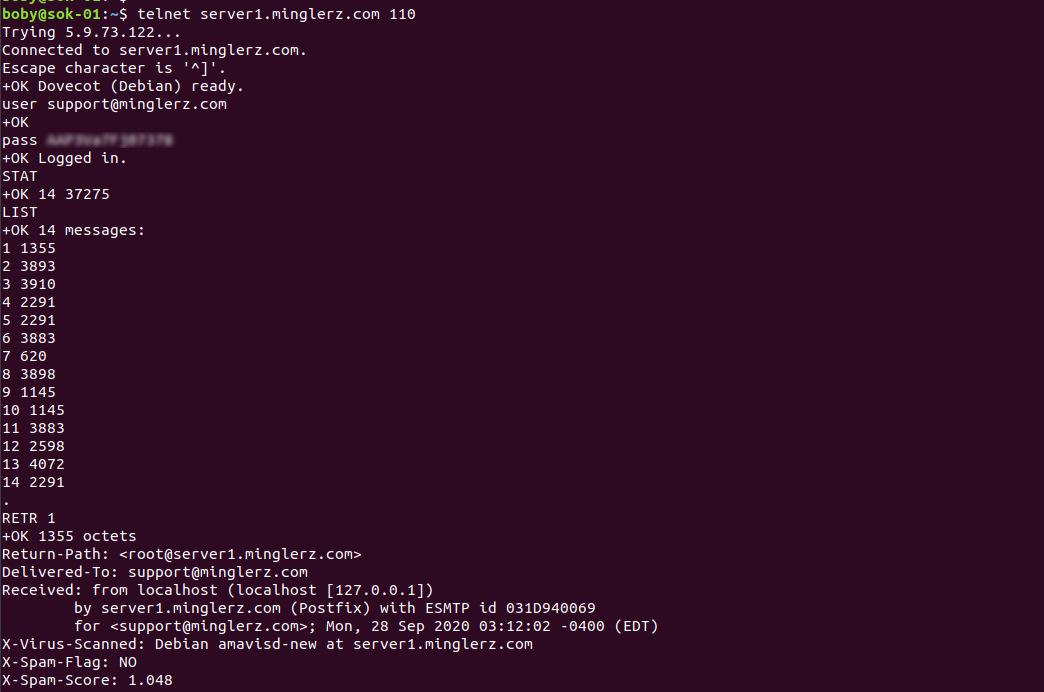Create init file.
touch /etc/rc.d/init.d/prometheus chmod 755 /etc/rc.d/init.d/prometheus vi /etc/rc.d/init.d/prometheus
Add following
#!/bin/bash
#
# /etc/rc.d/init.d/prometheus
#
# Prometheus monitoring server
#
# chkconfig: 2345 20 80 Read
# description: Prometheus monitoring server
# processname: prometheus
# Source function library.
. /etc/rc.d/init.d/functions
PROGNAME=prometheus
PROG=/usr/hostonnet/prometheus/$PROGNAME
USER=prometheus
LOGFILE=/var/log/prometheus.log
DATADIR=/usr/hostonnet/prometheus/data
LOCKFILE=/var/run/$PROGNAME.pid
CONFIG_FILE=/usr/hostonnet/prometheus/prometheus.yml
ALERT_MGR_URL=localhost:9093
start() {
echo -n "Starting $PROGNAME: "
cd /usr/hostonnet/prometheus/
#daemon --user $USER --pidfile="$LOCKFILE" "$PROG -config.file $CONFIG_FILE -storage.local.path $DATADIR -alertmanager.url $ALERT_MGR_URL &>$LOGFILE &"
daemon --user $USER --pidfile="$LOCKFILE" "$PROG -config.file $CONFIG_FILE -storage.local.path $DATADIR &>$LOGFILE &"
echo $(pidofproc $PROGNAME) >$LOCKFILE
echo
}
stop() {
echo -n "Shutting down $PROGNAME: "
killproc $PROGNAME
rm -f $LOCKFILE
echo
}
case "$1" in
start)
start
;;
stop)
stop
;;
status)
status $PROGNAME
;;
restart)
stop
start
;;
reload)
echo "Sending SIGHUP to $PROGNAME"
kill -SIGHUP $(pidofproc $PROGNAME)
;;
*)
echo "Usage: service prometheus {start|stop|status|reload|restart}"
exit 1
;;
esac
Create User For Prometheus
groupadd -r prometheus useradd -r -g prometheus -s /sbin/nologin -d /usr/hostonnet/prometheus/ -c "prometheus Daemons" prometheus chown -R prometheus:prometheus /usr/hostonnet/prometheus/ chown prometheus:prometheus /var/log/prometheus.log
Run prometheus on Boot
chkconfig --add prometheus chkconfig prometheus on
Verify it is enabled
[root@backup ~]# chkconfig --list | grep prome prometheus 0:off 1:off 2:on 3:on 4:on 5:on 6:off [root@backup ~]#
“3:on” will start prometheus on run level 3, that is normal boot.
Start Prometheus
[root@backup ~]# service prometheus start Starting prometheus: [ OK ] [root@backup ~]#



